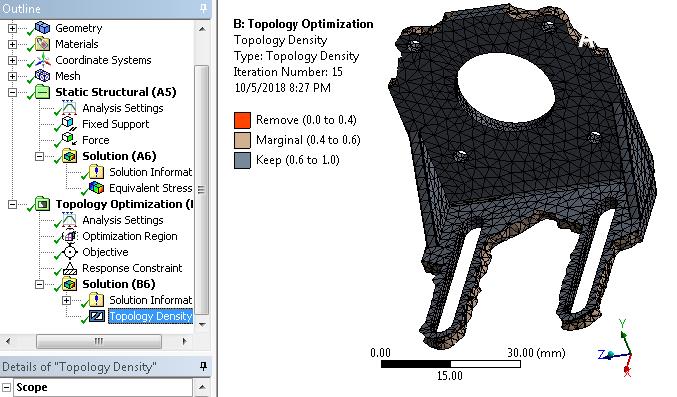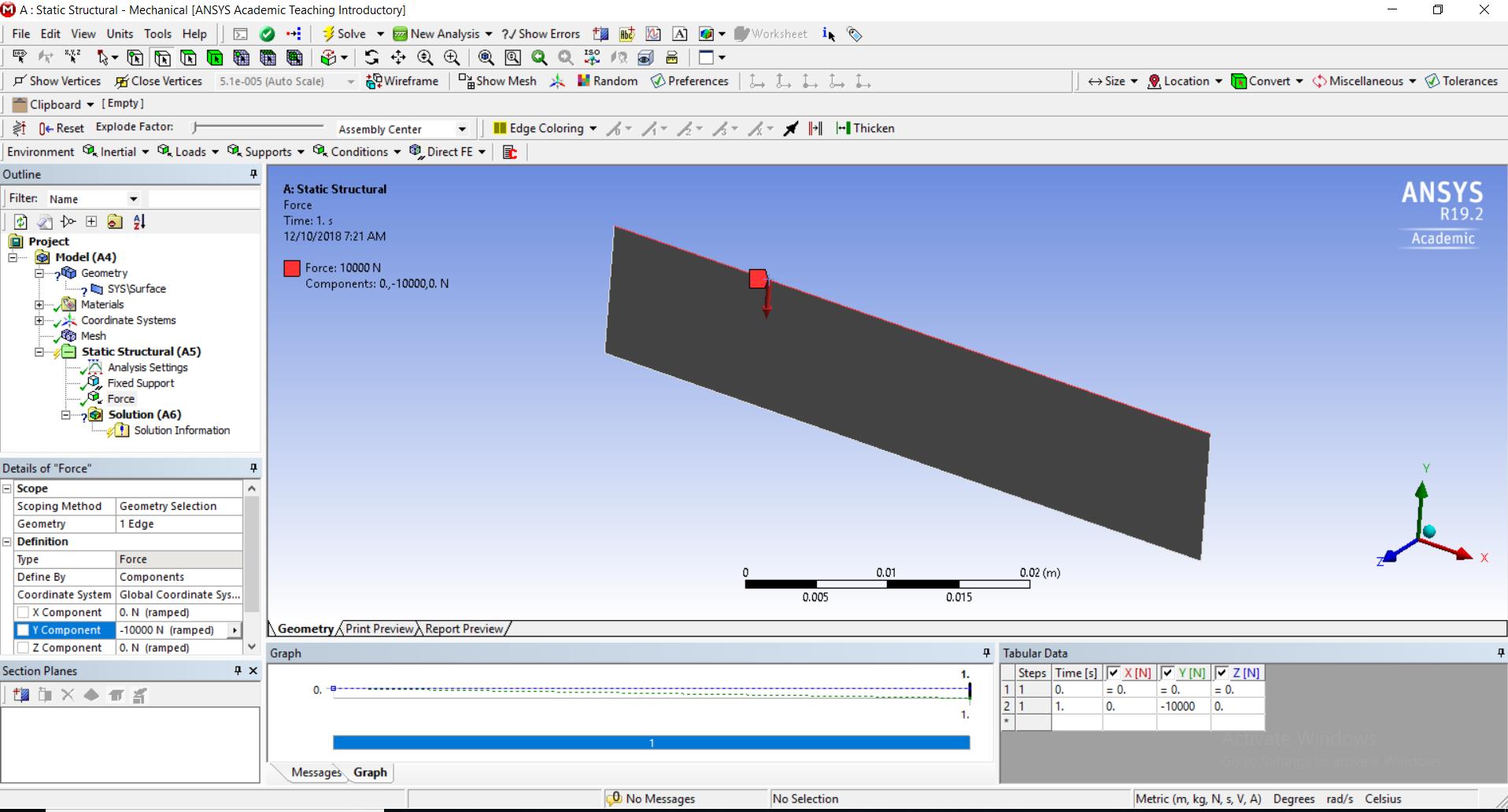

Fulton Schools of Engineering in August 2018 and December 2019 respectively. The Phase III STTR grant is a continuation of the original $127,000 Phase I and $755,000 Phase II grants awarded to PADT and ASU’s Ira A. The partners will expand research into thermo-fluid and structural design optimization to provide engineers who design next generation launch and space crafts with better ways to design more robust and efficient structures that experience loading fluids, forces, vibration, and temperatures. TEMPE, Ariz., September xx, 2021 ─ In a move that acknowledges its excellence and expertise in R&D for numerical simulation and 3D printing, PADT today announced NASA has awarded a $375,000 Phase III Small Business Technology Transfer (STTR) grant for PADT to collaborate with Penn State University. Press Release NASA Awards PADT and Penn State University a $375,000 Phase III STTR Research Grant The Grant is a Continuation of PADT’s Topology Optimization Research, Which Will Fund “Thermo-Fluid and Structural Design Optimization for Thermal Management” If you have needs in any of these areas or are just looking for a strong R&D partner that can help make your innovation work, reach out to PADT.


#Ansys topology optimization pdf
You can read more in the press release below or here: PDF | HTML. The study is called “Thermo-Fluid and Structural Design Optimization for Thermal Management” and it will look at creating structures that are strong, light weight, and have the thermal performance required for difficult launch and space-based missions. Researchers at NASA like those results enough to then grant PADT a Phase III project to further the development of the optimization tool and to connect it to a fluid-thermal optimization tool developed at Penn State under a separate NASA project. In addition to that work was the development of a topological optimization tool that could look at multiple types of loads and create aperiodic lattice topologies. That Phase I was received well and led to a Phase II grant in 2019 to dig specifically into lattice structures. Dhruv Bhate, the idea was to take a look at how nature uses repeating structures and responses to loads to optimize structures and to use 3D Printing as a way to create the derived shapes, growing geometry just as nature does. Inspired by the research of former PADT engineer and now ASU professor, Dr. Today’s win of a rare Phase III grant from NASA exceeded those hopes and further showed the space agencies’ interest in the research that PADT, ASU, and now Penn State are engaged in. The results from this experiment showed that all the beams deflected around the same amount proving that up to 50% of the mass of the structure could be removed with little consequence to the overall maximum deflection of the beam.When we applied for a NASA Small Business Technology Transfer (STTR) grant with Arizona State University in 2018 we had high hopes around that the idea of developing simulation and manufacturing techniques that would allow engineers to mimic structures found in Nature. After generating five optimised topologies spanning from 50% to 90% mass retained, it was found that as more mass was removed from the structure the greater the deflection and maximum stress of the beam would be.The optimised topologies were 3D Printed and loaded to determine the free-end displacement.

The results from this experiment showed that all the beams deflected around the same amount proving that up to 50% of the mass of the structure could be removed with little consequence to the overall maximum deflection of the beam.ĪB - This research focuses on the topology optimisation of cantilever beams using ANSYS Workbench. N2 - This research focuses on the topology optimisation of cantilever beams using ANSYS Workbench. Abdel-Wahab (2018), Topology Optimisation of Simple Structural Elements Using ANSYS, in Abdul Ghani Olabi (Ed.), Materials Science & Smart Materials: Proceedings of the 5th International Conference on Materials Science and Smart Materials (pp. T1 - Topology optimisation of simple structural elements using ANSYS


 0 kommentar(er)
0 kommentar(er)
